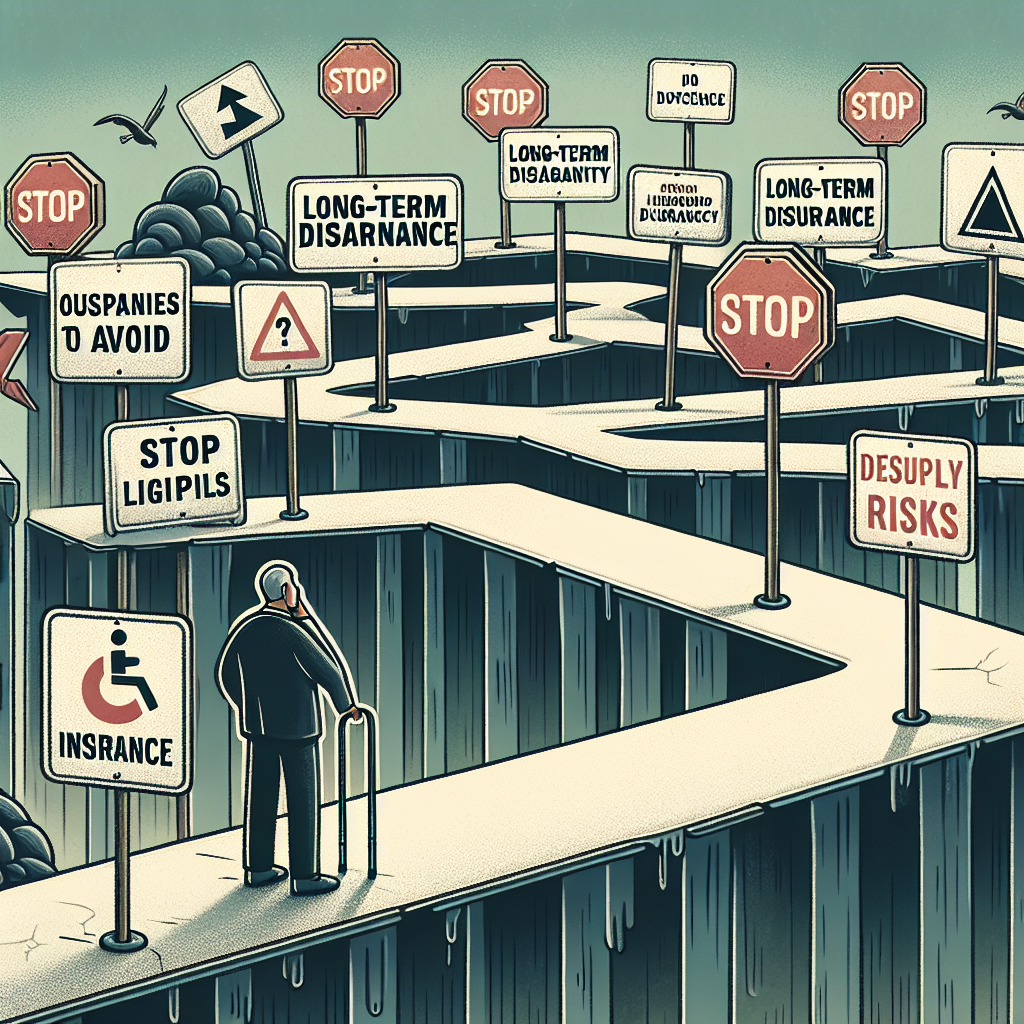Filed under Home Insurance on
Understanding Personal Property Coverage in Home Insurance

When it comes to safeguarding your home, home insurance plays a pivotal role in providing peace of mind. Among the various components of a comprehensive home insurance policy, personal property coverage stands out as a key area that every homeowner should understand. This element of insurance ensures that your personal belongings are protected against unexpected events, giving you flexibility and security in times of need. Let's delve into the nuances of personal property coverage in home insurance and why it’s essential for every homeowner.
What is Personal Property Coverage?
Personal property coverage is a component of your home insurance policy that covers personal items within your home. These items could include furniture, electronics, clothing, and other possessions that make your home yours. Should a covered event occur—such as fire, theft, or a natural disaster—personal property coverage helps reimburse you for the loss or damage of these belongings.
Types of Personal Property Coverage
Replacement Cost vs. Actual Cash Value
When choosing personal property coverage, it’s crucial to understand the difference between replacement cost and actual cash value (ACV). Replacement cost coverage reimburses the amount required to replace damaged items with new ones of similar quality, without factoring in depreciation. In contrast, ACV takes depreciation into account, providing reimbursement for what your items were worth at the time of loss.
Scheduled Personal Property
While standard personal property coverage protects most of your household items, certain valuable items may require additional coverage. Scheduled personal property allows you to cover specific high-value items such as jewelry, art, or collectibles, often with broader coverage and without a deductible. Adding these items to your policy provides assurance that your most prized possessions are protected.
Understanding Coverage Limits
Every home insurance policy includes limits on personal property coverage. These limits indicate the maximum amount your insurance company will pay for a covered loss. It's vital to review your policy to ensure these limits are in line with the value of your belongings. If your possessions exceed these limits, you may need to purchase additional coverage.
What Events Does Personal Property Coverage Protect Against?
Personal property coverage typically protects against a variety of events, including fire, theft, vandalism, and certain natural disasters. However, it’s essential to read your policy carefully, as not all risks may be covered. Common exclusions often include floods and earthquakes, which require separate policies for coverage.
Filing a Claim on Personal Property
Filing a claim on your personal property coverage involves several steps. Initially, you will need to document the loss, which includes photographing the damage and compiling a detailed list of stolen or destroyed items. Next, contact your insurer to report the claim and provide any necessary documentation they require. An adjuster will likely evaluate your claim to determine the compensation. Throughout the process, maintaining clear communication with your insurance provider can ensure a smooth and efficient claims experience.
Why Personal Property Coverage is Essential
Beyond the obvious benefit of financial protection, personal property coverage offers peace of mind. It safeguards the items that contribute to your lifestyle and comfort, allowing you to recover quickly and maintain your standard of living after a loss. By understanding what your policy covers and ensuring the limits align with your needs, you can rest easy knowing your personal property is protected.
Trends in Personal Property Coverage
As the landscape of home insurance evolves, personal property coverage is also adapting to meet modern needs. Technological advancements, like the use of AI and data analytics, are making the claims process more efficient and transparent. Increased digitalization also allows insurers to offer personalized policies tailored to individual lifestyles and possessions. With these advancements, policyholders can enjoy greater coverage flexibility and improved claim services.
Expert Tips on Maximizing Your Personal Property Coverage
- Conduct a Home Inventory: Keep an up-to-date inventory of your personal belongings. This inventory will help you assess your coverage needs and streamline the claim process should a loss occur.
- Review Coverage Regularly: Life changes such as marriage, home renovations, or valuable new purchases can affect your coverage needs. Regularly reviewing and adjusting your policy ensures it remains aligned with your current situation.
- Understand Your Deductible: Choose a deductible that balances your financial stability with premium costs. This knowledge will help you prepare for potential out-of-pocket expenses if a claim is necessary.
- Consider Additional Riders: For specific items not covered under standard policies, consider adding riders or endorsements for enhanced protection.
- Engage with Professionals: Consult an insurance expert for personalized advice based on your unique circumstances and geographic location, which may influence specific coverage needs.
Conclusion
Personal property coverage is a crucial aspect of home insurance, offering protection for your belongings and peace of mind. Understanding how it works, the options available, and the events it covers can help you make informed decisions about your coverage needs. Stay proactive by keeping a detailed inventory, adjusting your policy as life changes, and seeking expert guidance to ensure your personal property is adequately protected. By doing so, you secure not only your possessions but also your peace of mind, knowing you’re prepared for whatever life may throw your way.





